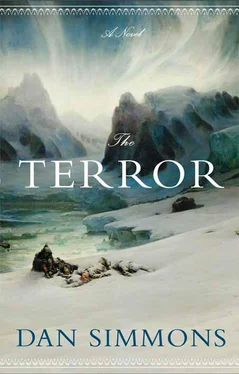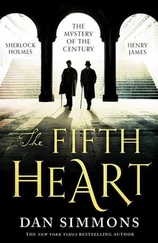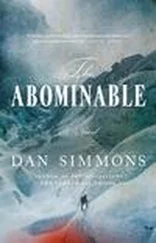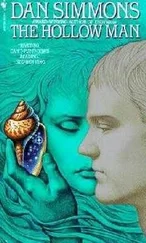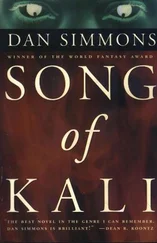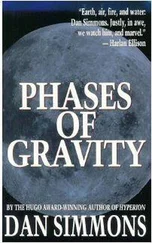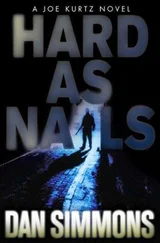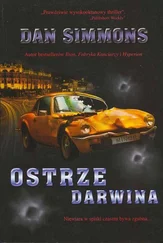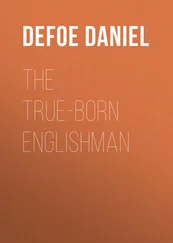It was snowing during the burial. The wind was blowing hard, as it always does here on this godforsaken Arctic Waste. Just north of the burial site rose Sheer Black Cliffs, as inaccessible as the Mountains of the Moon. The lanterns lit on Erebus and Terror were only the dimmest of glows through the blowing snow. Occasionally a fragment of Cold Moon would appear from between quickly moving clouds, but even this thin, pale moonlight was quickly lost in the snow and dark. Dear God, this is truly a Stygian bleakness .
Some of the strongest men from Terror worked almost without pause since the hours right after Torrington’s death, using pickaxe and spade to excavate his Grave – a regulation five feet deep, as commanded by Sir John. The Hole had been dug out of the most Severely Frozen ice and rock and one glance at it revealed to me what Labour had gone into its excavation. The flag was removed, and the coffin was lowered carefully, almost reverently, into the narrow Pit. Snow immediately covered the top of the coffin and Glistened in the light from our several lanterns. One man, one of Crozier’s officers, set the wooden headboard in place and it was driven down into the frozen gravel with a few slams of a giant wooden hammer wielded by a giant of a seaman. The words on that carefully carved headboard read
SACRED
TO
THE MEMORY OF
JOHN TORRINGTON
WHO DEPARTED
THIS LIFE JANUARY 1ST
A.D. 1846
ON BOARD OF
H.M. SHIP TERROR
AGED 20 YEARS
Sir John conducted the Service and spoke the Eulogy. It went on for some time and the soft drone of his soft voice was interrupted only by the Wind and by the stamping of Feet as the men tried to avoid frostbite of the toes. I confess that I heard little of Sir John’s eulogy – between the howling wind and my own wandering thoughts, oppressed by the loneliness of the place, by the memory of the striped-shirted body, limbs bound, that had just been lowered into that Cold Hole, and oppressed most of all by the Eternal blackness of the cliffs above the graveled isthmus.
4 January, 1846 -
Another man is dead.
One of our own here on HMS Erebus, twenty-five-year-old John Hartnell, an able seaman. Just after what I still think of as 6:00 p.m., just as the tables were being lowered on chains for the men’s dinner, Hartnell stumbled against his brother, Thomas, fell to the deck, coughed blood, and was dead within five minutes. Surgeon Stanley and I were with him when he died in the cleared part of the forward area of the lower deck which we use for Sick Bay .
This death stunned us. Hartnell had shown no symptoms of scurvy or consumption. Commander Fitzjames was there with us and could not hide his consternation. If this were some Plague or beginning of Scurvy moving through the crew, we needed to know at once. It was decided then and there, while the curtains were drawn and before anyone made ready to prepare John Hartnell for his coffin, that we would do a Postmortem Examination.
We cleared the table in the Sick Bay area, shielded our Actions further by moving some crates between the milling Men and ourselves, drew the curtain around our Labours as best we could, and I fetched my instruments. Stanley, although Chief Surgeon, suggested that I should do the work since I had studied as an anatomist. I made the initial Incision and began.
Immediately I realized that in my Haste I had used the inverted-Y incision that I had used in training on cadavers when I was in a rush. Rather than the more common Y, with the two arms of the incision reaching down from the shoulders and meeting at the base of the sternum, my upside-down Y incision had the arms of the Y starting near each hip and meeting near Hartnell’s umbilicus. Stanley commented upon it and I was embarrassed.
“Whatever is faster,” I said softly to my fellow surgeon. “We must do this quickly – the men hate knowing that bodies of their crewmates are being opened.”
Surgeon Stanley nodded and I continued. As if to Confirm my statement, Hartnell’s younger brother, Thomas, began shouting and crying from just the other side of the curtain. Unlike Torrington ’s slow decline on Terror, giving his crewmates time to come to terms with his death, time to parcel out his belongings and prepare letters for Torrington ’s mother, John Hartnell’s sudden collapse and death had shocked the men here. None of them could abide the idea that the ship’s surgeons were cutting into the body. Now only the bulk, rank, and demeanor of Commander Fitzjames stood between the angry brother, confused seamen, and our Sick Bay. I could hear that the younger Hartnell’s messmates and Fitzjames’s presence were holding him back, but even as my scalpel cut through tissue and my knife and rib spreader opened the corpse for examination, I could hear the Muttering and Anger just a few yards beyond the curtain .
First I removed Hartnell’s heart, cutting away part of the trachea with it. I held it up to the lantern light, and Stanley took it and washed away blood with a dirty rag. We both inspected it. It looked normal enough – not visibly diseased. With Stanley still holding the Organ close to the light, I made one cut in the right ventricle, then one in the left. Peeling the tough muscle back, both Stanley and I reviewed the valves there. They seemed healthy.
Dropping Hartnell’s heart back into his abdominal cavity, I dissected the lower part of the able seaman’s lungs with quick strokes of my scalpel.
“There,” said Surgeon Stanley.
I nodded. There were obvious signs of scarring and other indications of Consumption, as well as signs that the seaman recently had been suffering from pneumonia. John Hartnell, like John Torrington, had been tubercular, but this older, stronger – and according to Stanley – harsher and louder sailor had concealed the Symptoms, perhaps even from himself. Until today, when he keeled over and died just minutes before getting his salt pork.
Pulling and cutting the Liver free, I held it under the light, and both Stanley and I believed that we noticed adequate confirmation of the consumption as well as indications that Hartnell had been too heavy a Drinker for too long a time.
Just yards away on the other side of the curtain, Hartnell’s brother, Thomas, was shouting, furious, being held in check only by Commander Fitzjames’s stern bark. I could tell from the voices that several of the other officers – Lieutenant Gore, Lieutenant Le Vesconte and Fairholme, even Des Voeux, the mate – had joined in calming and intimidating the Mob of sailors.
“Have we seen enough?” whispered Stanley.
I nodded again. There had been no sign of Scurvy on the body, on the face or in the mouth, or in the organs. While it remained a Mystery how the consumption or pneumonia or a combination of the two had been able to kill the able-bodied seaman so quickly, it was at least obvious that we had nothing to fear from some Plaguelike Disease.
The noise from the crew’s Berthing Space was growing Louder, so I quickly thrust the lung samples, liver, and other organs back in the abdominal cavity with the heart, taking no care to set them in proper place, more or less squeezing them into a Mass, and then I returned Hartnell’s chest plate roughly back in place. (Later I was to Realize that I had set it in upside down.) Chief Surgeon Stanley then closed up the inverted-Y incision, using a large needle and heavy sail thread with a quick, confident motion that would have done credit to any sailmaker.
Within another minute we had Hartnell’s clothes back on – rigor mortis was beginning to be a problem – and we thrust the curtain aside. Stanley – whose voice is deeper and more resonant than mine – assured Hartnell’s brother and the other men that all we had remaining was to wash their crewmate’s body so that they could prepare it for burial.
Читать дальше
